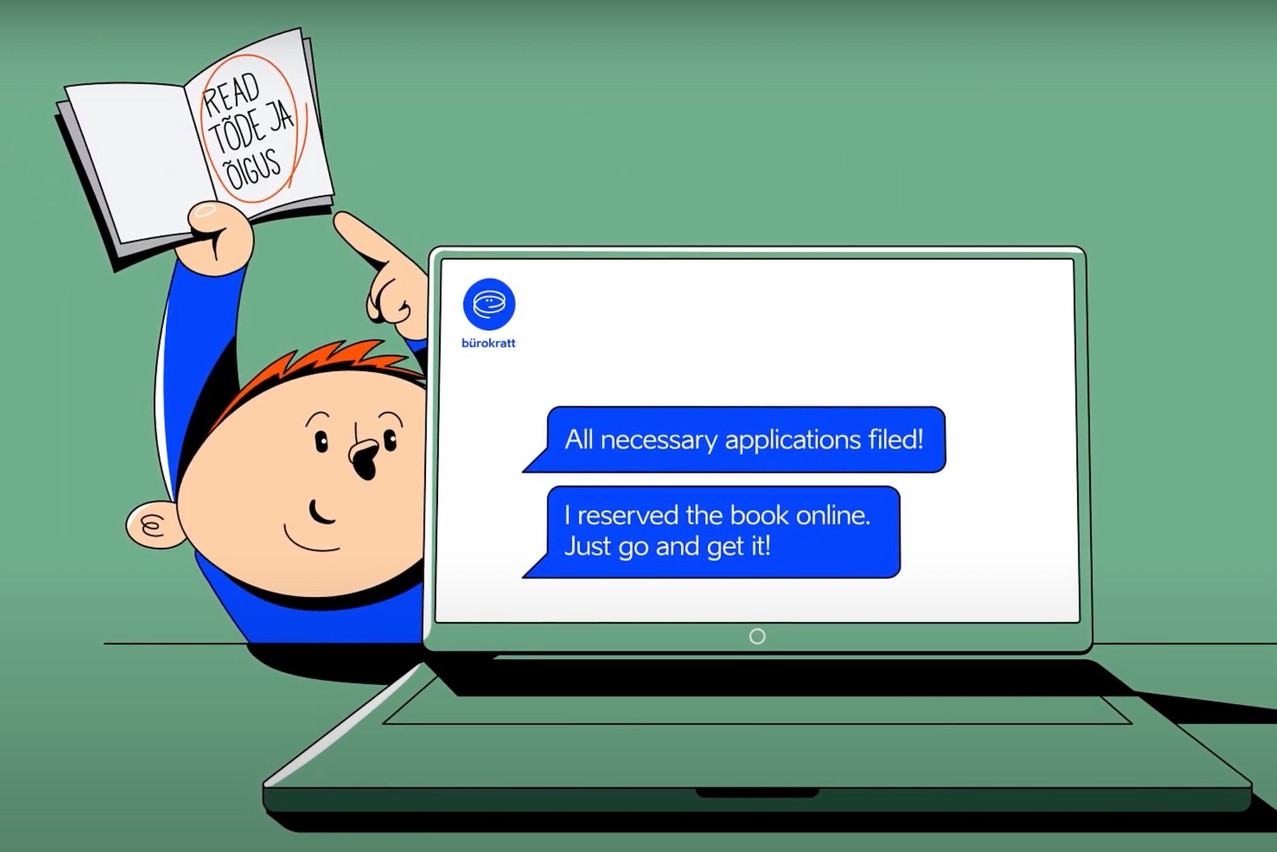In Estonian mythology, Kratt was a magical creature born of the devil and did his master's bidding. Since 2021, the Estonian government has turned him into a magical creature at the service of its citizens, Bürokratt, to answer all the questions of private individuals and businesses. Unlike ChatGPT, this bot only answers questions about relations with a public administration. Unlike a traditional administration, it responds 24 hours a day, seven days a week.
Three Estonian projects feature in Unesco's latest list of the 100 best artificial intelligence projects, which means that Estonia has the highest number of AI projects in the world per capita. In addition to Bürokratt, two other Estonian AI projects feature in the world's top 100: 's automated investment promotion and the software platform.
The Estonian Statistics Office, police, border guards, municipality of Viimsi, the Consumer Protection and Technical Regulatory Authority (TTJA) and National Library: it's as if every time a new administration joins the initiative, a new chatbot is able to answer all the questions. This strategy is in line with the best models, which consist of deploying public service technology by groups of target audiences and with a precise, time-bound objective. Each target audience is followed by another until the technology can be rolled out across the board.
"We hope to find good partners in the European Union, where we can implement Bürokratt software that is complete and free of charge," said Ott Velsberg, head of data at the Estonian digital government, recently. Estonia has already begun talks with a number of countries, including Belgium and Finland, to roll out its e-bureaucrat.
Estonia has sent Veiko Aunapuu from its Ministry of Economic Affairs and Communications to speak with the 200 civil servants who are taking part in a Luxembourg conference, organised by , minister for the civil service (CSV), until Friday evening under the Gaichel 1 banner.
Twelve chatbots in Belgium
Nathanaël Ackerman, head of AI & new digital technologies at the Federal Public Service Policy and Support (Bosa) and AI4Belgium lead, did not elaborate on Belgium's willingness to adopt this technology, but Ackerman did explain that Belgium already had twelve chatbots in service, six for the general public and six for civil servants.
The Estonian model is a fairly unique case for the public sector, even though embryonic solutions are beginning to emerge, such as Govchat in South Africa, which has 9m users and has already managed 644m messages, and a chatbot used by the UK tax authorities, with the same aim, to answer questions and help with procedures.
Finland is developing , a network of artificial intelligences to provide personalised services. Belgium is also very proud of its Jobbereik, which provides guidance in establishing one's professional skills to the point of being able to identify job vacancies that might match a jobseeker's profile, as well as the training that they should undertake to improve their employability.
The chatbot market has seen remarkable growth and is expected to grow from $396.2m in 2019 to $27.3bn by 2030.
Read the original French version of this news report
